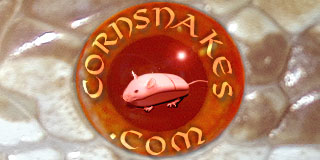VickyChaiTea
Snake enthusiast
I've always wondered... what are the affects of inbreeding in corn snakes, or snakes in general, if any? I have been told that in fish breeding (bettas, specifically) that inbreeding does not have any negative affects, unlike the ones seen in mammals. But what about snakes? Or reptiles in general?
Can anyone share personal experiences with inbreeding and if they saw any negative signs?
Can anyone share personal experiences with inbreeding and if they saw any negative signs?
